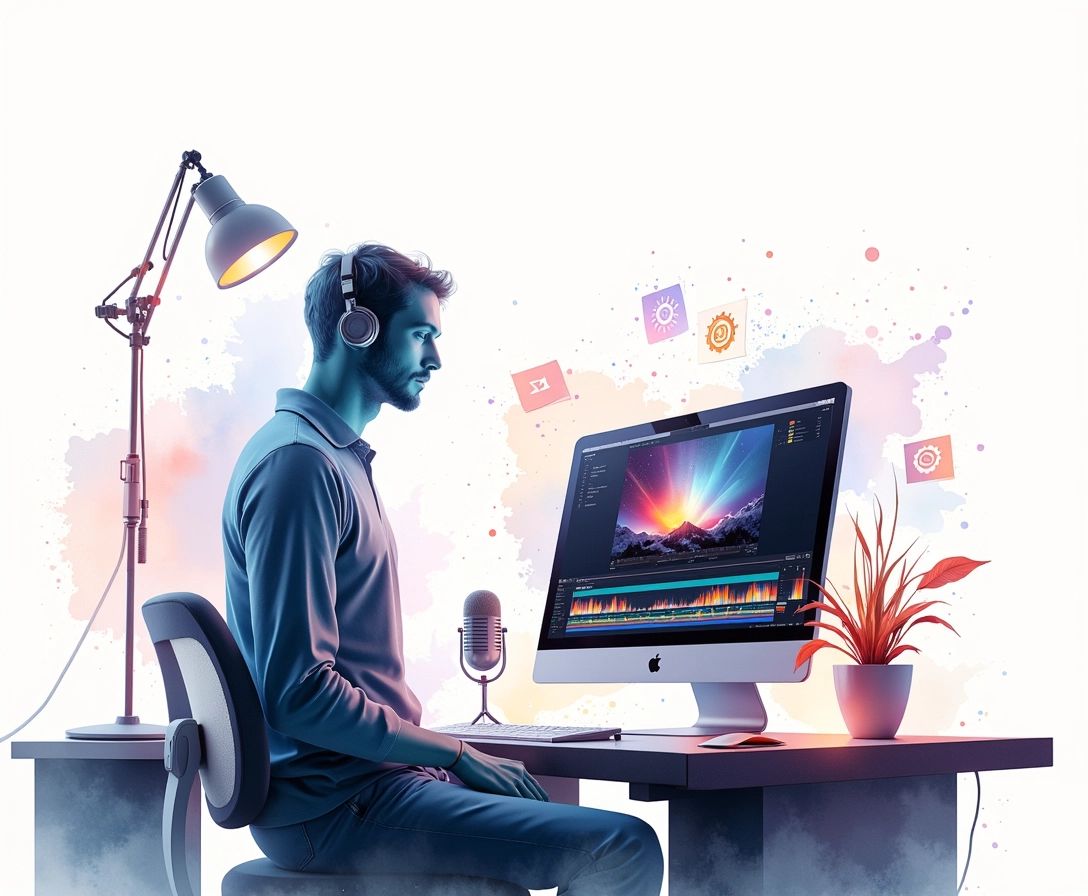In This Article
Subscribe to our newsletter
This article is the second in a two-part series examining the current state of journalism and emerging solutions. Part 1 highlights the editorial struggle with reduced expertise, diminished resources, and declining quality of coverage. Part 1 can be found here
Following our deep dive into journalism's technological revolution, newsrooms are now actively implementing and measuring the impact of digital innovations that are reshaping the industry's landscape. The fusion of artificial intelligence with advanced video storytelling capabilities has ushered in an era of "Journalism 2.0," where traditional reporting methods are being enhanced and sometimes replaced by data-driven, automated solutions that are delivering measurable results in both content creation and audience engagement.
The Numbers Behind the Revolution
Reuters Institute's Digital News Report 2023 reveals the dramatic impact of AI-powered video solutions in newsrooms. Video news consumption on digital platforms increased by 30% year-over-year, with particularly strong growth among younger audiences. The report found that 73% of users under 35 regularly consume news video content on digital platforms.
"Video isn't just another format – it's becoming the primary way younger audiences engage with news," says Nic Newman, Senior Research Associate at Reuters Institute. "The integration of AI tools is making this transition both feasible and sustainable for newsrooms of all sizes."
The SEO Transformation
The impact on story discovery has been equally dramatic. According to NewsWhip's 2023 study, news articles with embedded video received 78% more engagement than text-only articles.
"News organizations that effectively integrate video are seeing dramatic improvements in visibility," says Kevin Rowe, founder of PureLinq and a digital strategy expert. "Our data shows that news articles with relevant video content are 45% more likely to appear in Google's top search results, particularly for breaking news queries."
The Economics of Innovation
The International News Media Association's 2023 report reveals that newsrooms with integrated AI-video workflows are seeing multiple revenue streams expand simultaneously:
- 27% reduction in content production costs
- 35% increase in digital advertising revenue
- 41% improvement in subscriber retention rates for outlets with regular video content
"The economics of modern newsrooms demand efficiency without compromising quality," says Lucy Kueng, Senior Research Associate at Reuters Institute. "AI-powered video tools are proving to be a crucial part of that equation."
The Human Factor
A 2023 study by Columbia Journalism Review found that newsrooms using AI tools reported significant improvements in work-life balance and productivity:
- 38% reduction in time spent on technical tasks
- 42% increase in time available for investigative reporting
- 29% improvement in reported job satisfaction
"These tools aren't replacing journalists – they're empowering us," says Emily Bell, founding director of the Tow Center for Digital Journalism at Columbia University. "When we can focus on investigation and storytelling rather than technical processes, everyone benefits – journalists and audiences alike."
The Technology Stack
Modern newsrooms are leveraging several key technologies that work together to streamline the journalistic process:
- Automated transcription services, which according to a 2023 Poynter study, save reporters an average of 3 hours per interview
- AI-powered video editing tools that can reduce production time by up to 60%
- Machine learning systems that can analyze footage and suggest relevant B-roll
"The key is that it's not replacing human judgment," explains Jeff Jarvis, professor at CUNY's Craig Newmark Graduate School of Journalism. "It's handling the routine aspects of content creation, allowing journalists to focus on what matters – investigation and insight."
Looking Forward
Recent research from the World Association of News Publishers suggests that by 2025, over 80% of major newsrooms will use some form of AI in their video production process. However, as industry experts emphasize, success will depend on maintaining the essential human elements of journalism – judgment, ethics, and storytelling – while leveraging these powerful new tools.
Emily Bell notes: "We're not just solving problems. We're creating new possibilities. When you free journalists from routine tasks and give them powerful storytelling tools, you don't just get more content – you get better journalism."
*This article concludes our two-part series examining the transformation of modern journalism. Read Part 1: "The AI and Video Revolution: A New Chapter in Journalism's Story" for a detailed examination of the challenges facing today's newsrooms.*






.jpg)